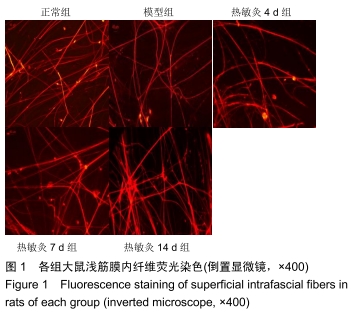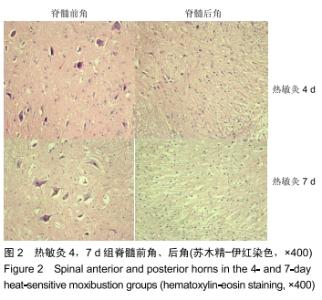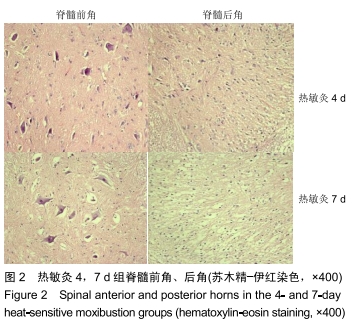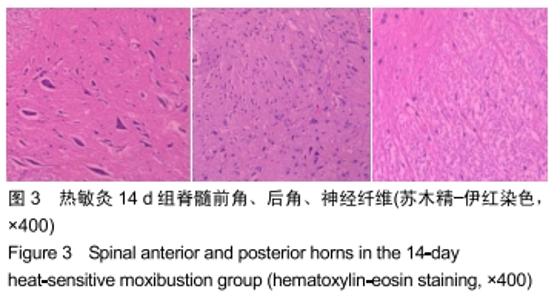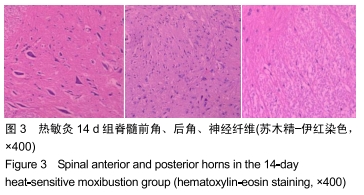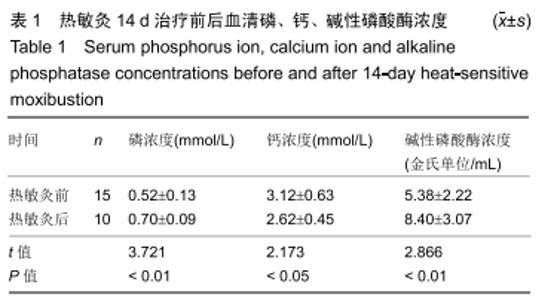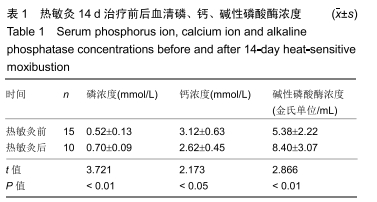[1] 鲍君杰.蛇床子素防治去卵巢大鼠骨质疏松的实验研究[D].苏州:苏州大学, 2005.
[2] RAY NF, CHAN JK, THAMER M, et al. Medical expenditures for the treatment of osteoporotic fractures in the United States in 1995: report from the National Osteoporosis Foundation. J Bone Miner Res. 1997; 12(1):24-35.
[3] DONALDSON LJ, COOK A, THOMSON RG. Incidence of fractures in a geographically defined population. J Epidemiol Community Health. 1990;44(3):241-245.
[4] ETTINGER B. An update for the obstetrician-gynecologist on advances in the diagnosis, prevention, and treatment of postmenopausal osteoporosis. Curr Opin Obstet Gynecol. 1993;5(3):396-403.
[5] 陈日新,康明非.腧穴热敏化及其临床意义[J].中医杂志,2006,47(12): 905-906.
[6] 宋云娥,徐放明,陈日新.热敏灸的研究概况[J].江苏中医药,2010,42(12):80-81.
[7] 谢丁一,陈日新.《内经》中腧穴二步定位法及其临床应用[J].中国针灸, 2014,34(10):979-982.
[8] 谢洪武,刘福水,赵梅梅,等.热敏灸治疗临床病症的文献分析研究[J].辽宁中医杂志, 2017,44(9):1956-1958.
[9] 彭珊,欧阳厚淦,赵志冬,等.灸法治疗骨质疏松症的研究进展[J].中华中医药杂志,2017,32(11):5204-5207.
[10] 陈丽琛,唐年亚,邱幸凡,等.骨质疏松症的病因病机及其防治探讨[J].山西中医,2007,23(1):4-6.
[11] 白宇,原林,黄泳,等.经络的解剖学发现——筋膜学新理论[J].世界科学技术:中医药现代化,2010,12(1):20-24.
[12] 姜雪梅,原林,张学全,等.针刺对大鼠局部筋膜和脊髓细胞外信号调节激酶1/2和P38丝裂酶原活化蛋白激酶信号通路的影响[J].中国康复医学杂志, 2009,24(11):973-956.
[13] 彭珊,欧阳厚淦,赵志冬,等.去卵巢大鼠骨质疏松模型的制备与评价[J].中国骨质疏松杂志,2017,23(10):1327-1329.
[14] DUNCAN RL, TURNER CH. Mechanotransduction and the functional response of bone to mechanical strain. Calcif Tissue Int. 1995;57(5): 344-358.
[15] 陈丽华.热敏灸预防缺血性脑卒中所致压疮的临床研究[J].上海针灸杂志, 2018,37(3):262-265.
[16] 谢华,易受乡,易展,等.灸法量效关系的研究进展与思考[J].中华中医药学刊, 2010,28(5):1003-1005.
[17] 李丰,何忠锅,涂国卿,等.热敏点灸治疗原发性骨质疏松症及对患者BMD、S-AKP、U-Ca/Cr的影响[J].中国针灸, 2011,31(3):223-226.
[18] 邹来勇,涂国卿.热敏灸对骨质疏松大鼠血生化表达的影响[J].光明中医, 2011,26(11):2260-2261.
[19] 涂国卿,邹来勇.热敏灸对骨质疏松大鼠ALP表达的影响[J].时珍国医国药,2011,22(9):2134-2135.
[20] 易静,彭辉.热敏灸治疗原发性骨质疏松(肝肾不足)的临床疗效研究[J].临床医药实践,2017,26(5):335-338.
[21] BELLOSTA S, FERRI N, BERNINI F, et al. Non-lipid-related effects of statins. Ann Med. 2000;32(3):164-176.
|

